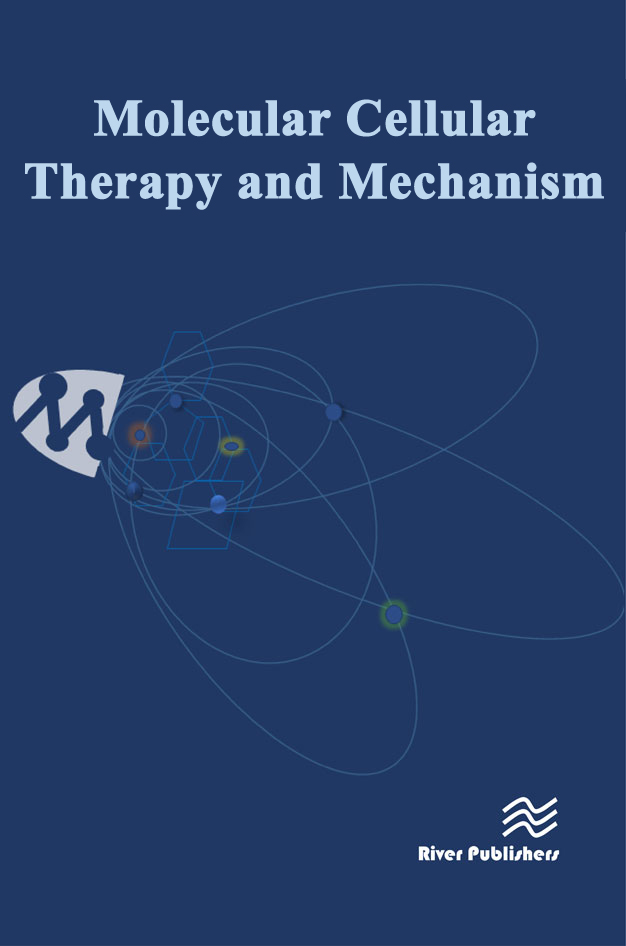Molecular mechanisms of tissue inhibitor of metalloproteinase 2 in the tumor microenvironment
DOI:
https://doi.org/10.13052/2052-8426-2-17Keywords:
Tissue inhibitor of metalloproteinase-2 (TIMP-2), Matrix metalloproteinase (MMPs), Tumor microenvironment (TME), AngiogenesisAbstract
There has been a recent paradigm shift in the way we target cancer, drawing a greater focus on the role of the
tumor microenvironment (TME) in cancer development, progression and metastasis. Within the TME, there is a
crosstalk in signaling and communication between the malignant cells and the surrounding extracellular matrix.
Matrix metalloproteinases (MMPs) are zinc-dependent endoproteases that have the ability to degrade the matrix
surrounding a tumor and mediate tumor growth, angiogenesis and metastatic disease. Their endogenous inhibitors,
the Tissue Inhibitors of Metalloproteinases (TIMPs), primarily function to prevent degradation of the ECM via inhibition
of MMPs. However, recent studies demonstrate that TIMP family members also possess MMP-independent functions.
One TIMP member in particular, TIMP-2, has many distinct properties and functions, that occur independent of MMP
inhibition, including the inhibition of tumor growth and reduction of angiogenesis through decreased endothelial cell
proliferation and migration. The MMP-independent molecular mechanisms and signaling pathways elicited by TIMP-2
in the TME are described in this review.


